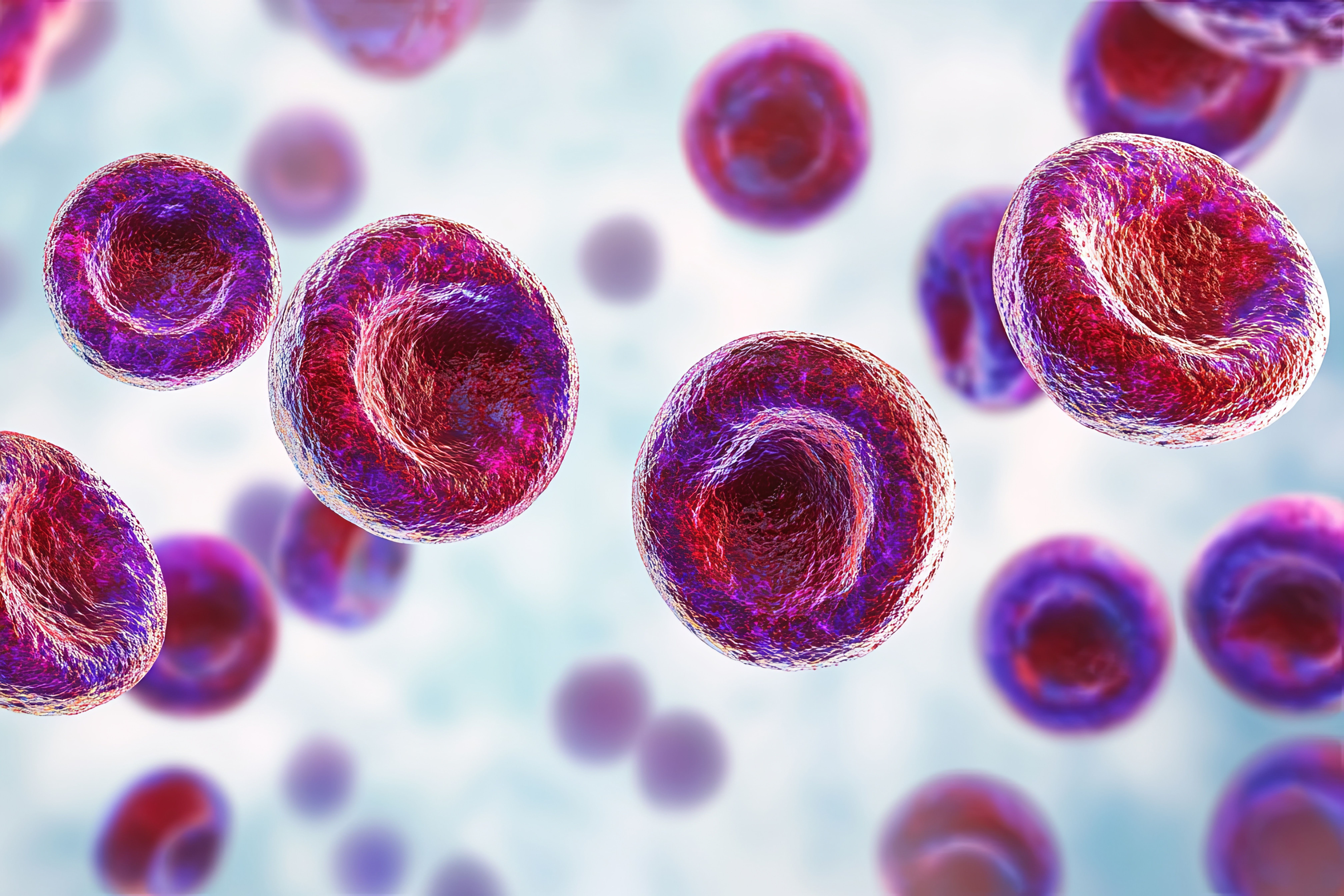Article
Real-World Analysis: Secukinumab Improves Psoriatic Arthritis Outcomes at 6 Months
Author(s):
Just like in clinical trials, a real-world analysis of patients with psoriatic arthritis who were treated with secukinumab achieved minimal disease activity, as well as other improvements.
Just like in clinical trials, a real-world analysis of patients with psoriatic arthritis (PsA) who were treated with secukinumab achieved minimal disease activity (MDA), as well as other improvements, according to an abstract presented at the European League Against Rheumatism’s annual meeting.
The researchers analyzed 100 patients with PsA enrolled in the Corrona Psoriatic Arthritis/Spondyloarthritis Registry who initiated and maintained secukinumab for 6 months. The patients had initiated the treatment after April 1, 2017, and had a follow-up visit in the 6 months after treatment initiation.
The primary outcome was MDA, which was defined as meeting 5 criteria out of 7 total: tender joint count (TJC) ≤1; swollen joint count (SJC) ≤1; psoriasis affected body surface area (BSA) <3%; patient assessment of pain on visual analog scale (VAS) ≤15; patient global assessment VAS ≤20; Health Assessment Questionnaire Disability Index (HAQ-DI) ≤ 0.5; and tender entheseal points ≤ 1 using the Leeds Enthesitis Index (LEI).
The mean age of patients was 51.6 years and the mean symptom and disease duration were 10.8 and 7.0 years, respectively. Thirty percent of patients initiated secukinumab at the 150 mg dose and the remaining 70% initiated it at 300 mg. Only 17 of the patients were initiating secukinumab as their first biologic—34 patients started it as their second biologic, 26 as their third, and 23 as their fourth or greater.
At the time of initiation, 75 of 90 patients were not in MDA and 36.6% of those with follow-up data had achieved MDA at 6 months. In addition, 28 patients (41.2%) with TJC ≥1, 24 patients (44.4%) with SJC ≥1, and 17 patients (60.7%) with enthesitis achieved resolution at 6 months.
According to the researchers, at 6 months, there were improvements in clinical outcomes and patient-reported outcomes (PROs) not only in the overall population, but also in patients who were initiating the treatment as a fourth-line or greater biologic.
“Consistent with clinical trials, real-world patients treated with secukinumab achieved MDA as well as improvement in clinical manifestations, PROs, and work productivity,” the authors concluded.
Reference
Mease PJ, Blachley T, Glynn M, et al. Secukinumab improves clinical and patient-reported outcomes at 6 months among patients with psoriatic arthritis in the US-based Corrona Psoriatic Arthritis/Spondyloarthritis (PsA/SpA) Registry. Presented at: EULAR 2020; June 3-6, 2020; Abstract SAT0429. https://ard.bmj.com/content/79/Suppl_1/1169.1





